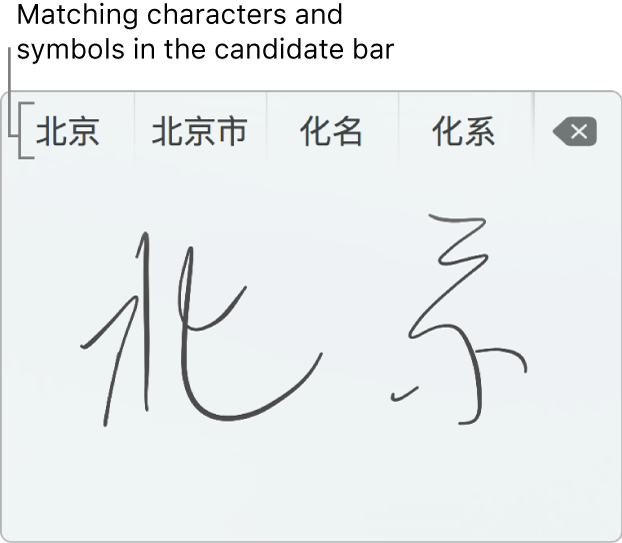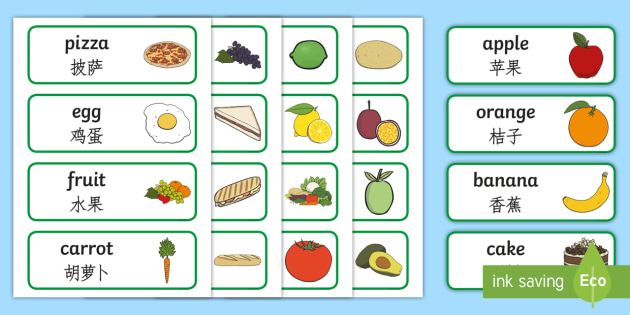
Stroke order doesn’t matter and cursive writing is also supported. You can draw as many characters as you can fit in the Trackpad Handwriting window. Use your finger to draw a character or a punctuation symbol on the trackpad. In an app, click where you want the characters to appear in a document (so you see the insertion point). To use the pointer without closing the window, press the Esc (Escape) key. Note: When the Trackpad Handwriting window is open, you can’t see or move the pointer on the screen. Change Chinese and Cantonese preferences.Choose a sort order for lists in Chinese.Enter punctuation and special characters.Keyboard shortcuts for Traditional Cantonese.
 Use Traditional Cantonese input sources. Keyboard shortcuts for Traditional Chinese. Keyboard shortcuts for Simplified Chinese. Switch to a Chinese or Cantonese input source. Measure words for food-related things: 个, 份, 根, 片, 顿, 块, 道, 粒.Chinese and Cantonese Input Method User Guide. Measure words for parts of plants: 朵, 片, 条, 颗, 粒. 株 (zhū) is often, but not exclusively, used for smaller trees and shrubs 棵 (kē) is often, but not exclusively, used for larger trees 条 (tiáo) is used for long, slender parts: 根 (gēn) is used for long, slender objects: Measure words for body parts: 个, 只, 颗, 根, 张, 片, 条. (yī tóu niú - one cow/one head of cattle) Measure words for indicating a quantitiy of animals: 只, 匹, 头, 条, 峰. 条 (tiáo) is used for brave, proud or heroic persons: (yī wèi cháng guān - one commanding officer) Measure words for indicating a quantity of people: 个, 位, 条. Many measure words, as I have noted below, are used because of the shapes, forms or characteristics of the objects they are partnered with. What is important is to notice patterns and generalities that can be applied when choosing a measure word in writing and speech. After all, entire dictionaries are devoted to measure words in Chinese. The important thing is simply to try to adopt them and become comfortable with their use.īelow is a lengthy, but by no means exhaustive, list of Chinese measure words. However, take comfort in the fact that the bulk of measure words are used only by the erudite. For this reason, especially if you have learned Chinese in a Western classroom, you should be prepared for many surprises in terms of vocabulary, for many words you have learned are bound to be unfamiliar or seldom-used in your part of China.Ī quick gander at a Chinese dictionary will reveal that there are several measure words on every page. Because of the relative isolation Chinese communities have, many words from the local dialect carry into what is considered to be the common tongue ( Putonghua). This is true for most of the Chinese language. Nevertheless, since some measure words are used in some areas and not others (or are preferred in some areas and not others), it can be wise to hold off in using vocabulary you are unsure of. After all, what business is it of a foreign devil's to be speaking better Chinese than a native?Īs a rule of thumb, I use only measure words which I have heard others use. Thirdly, you might find indignation, especially if you use a measure word which is only used by intellectuals. Secondly, you might win praise: Many Chinese treasure their language, and as such, will admire you for undertaking to use it correctly. Using more advanced measure words will often bring laughter in a sort of " out of the mouths of babes" vein. The Chinese quite often think it is funny when a foreigner speaks Chinese, especially if he is a beginner. Use of many of the measure words outlined below in Mainland China could win you any of a number of reactions: First, and most unfortunate, is laughter. Regardless of what Chinese textbooks and professors tell you, for the most part, the Chinese spoken on the street uses the general measure word 个 (gè). Here are some examples of numerary adjuncts in English:
Use Traditional Cantonese input sources. Keyboard shortcuts for Traditional Chinese. Keyboard shortcuts for Simplified Chinese. Switch to a Chinese or Cantonese input source. Measure words for food-related things: 个, 份, 根, 片, 顿, 块, 道, 粒.Chinese and Cantonese Input Method User Guide. Measure words for parts of plants: 朵, 片, 条, 颗, 粒. 株 (zhū) is often, but not exclusively, used for smaller trees and shrubs 棵 (kē) is often, but not exclusively, used for larger trees 条 (tiáo) is used for long, slender parts: 根 (gēn) is used for long, slender objects: Measure words for body parts: 个, 只, 颗, 根, 张, 片, 条. (yī tóu niú - one cow/one head of cattle) Measure words for indicating a quantitiy of animals: 只, 匹, 头, 条, 峰. 条 (tiáo) is used for brave, proud or heroic persons: (yī wèi cháng guān - one commanding officer) Measure words for indicating a quantity of people: 个, 位, 条. Many measure words, as I have noted below, are used because of the shapes, forms or characteristics of the objects they are partnered with. What is important is to notice patterns and generalities that can be applied when choosing a measure word in writing and speech. After all, entire dictionaries are devoted to measure words in Chinese. The important thing is simply to try to adopt them and become comfortable with their use.īelow is a lengthy, but by no means exhaustive, list of Chinese measure words. However, take comfort in the fact that the bulk of measure words are used only by the erudite. For this reason, especially if you have learned Chinese in a Western classroom, you should be prepared for many surprises in terms of vocabulary, for many words you have learned are bound to be unfamiliar or seldom-used in your part of China.Ī quick gander at a Chinese dictionary will reveal that there are several measure words on every page. Because of the relative isolation Chinese communities have, many words from the local dialect carry into what is considered to be the common tongue ( Putonghua). This is true for most of the Chinese language. Nevertheless, since some measure words are used in some areas and not others (or are preferred in some areas and not others), it can be wise to hold off in using vocabulary you are unsure of. After all, what business is it of a foreign devil's to be speaking better Chinese than a native?Īs a rule of thumb, I use only measure words which I have heard others use. Thirdly, you might find indignation, especially if you use a measure word which is only used by intellectuals. Secondly, you might win praise: Many Chinese treasure their language, and as such, will admire you for undertaking to use it correctly. Using more advanced measure words will often bring laughter in a sort of " out of the mouths of babes" vein. The Chinese quite often think it is funny when a foreigner speaks Chinese, especially if he is a beginner. Use of many of the measure words outlined below in Mainland China could win you any of a number of reactions: First, and most unfortunate, is laughter. Regardless of what Chinese textbooks and professors tell you, for the most part, the Chinese spoken on the street uses the general measure word 个 (gè). Here are some examples of numerary adjuncts in English: 
We might say, "A piece of bread" but then "a crow". We have common use of measure words (followed by the preposition "of") in English, but unlike Chinese, they are not used in the case of every enumeration. Like many eastern languages, the Chinese ( Mandarin or Putonghua) language uses numerary adjuncts (also called classifiers, or more commonly, measure words) for enumerating objects.






 0 kommentar(er)
0 kommentar(er)
